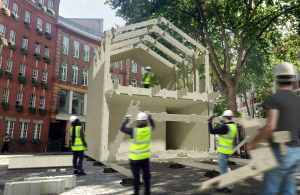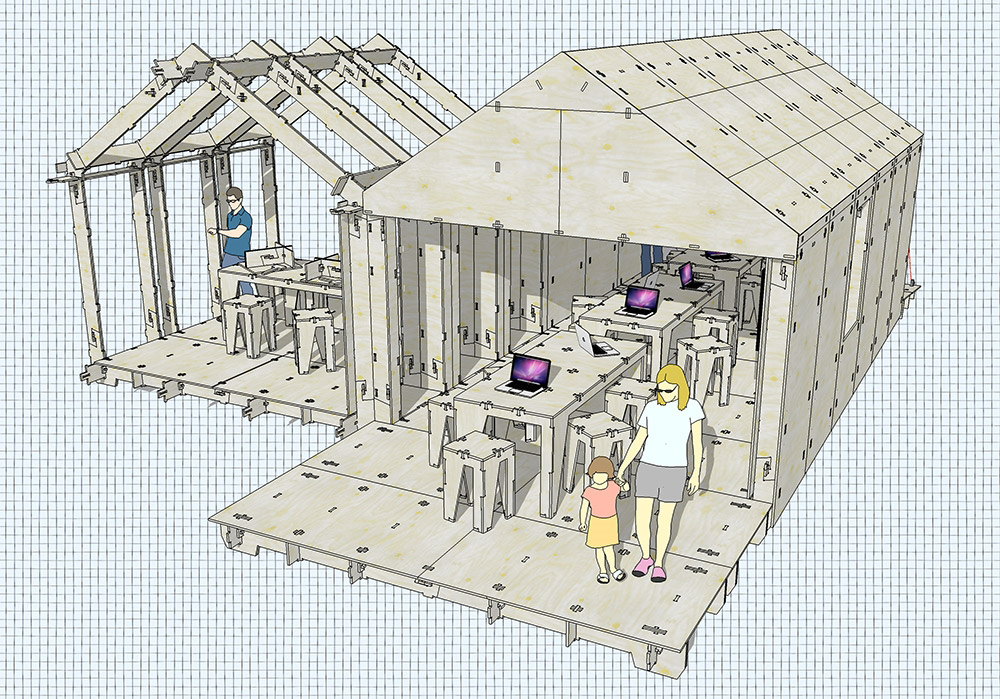Open source hardware seems to be popping up all over the place at the moment. I can’t keep up. Open source 3D printers, open source household robots, open source electric cars, open source houses, the list goes on. There are differing reasons for each of these approaches to open source. For Adrian Bowyer’s RepRap project, a collaborative open hardware outlook aimed to release more value for owners for a ‘means of production’ in the form of desktop factories, from which has followed the wide variety of means of making a profit, making for social benefit, or simply making things, that we write about daily here at 3DPI.
For Tesla, opening patents is to create a competitive market place where currently there is none. The company’s bold move is to create a positive feedback loop of innovation and investment aimed to be beneficial to this innovative company itself in the long run, alongside the wider economic and ecological benefits. As to the potential success of these approaches I can only watch and learn.
For the WikiHouse open source housing project the motivation seems to be meeting housing needs as the population increases and housing prices continue to rise. WikiHouse co-designer Alastair Parvin said last year: “We are moving into a future where the factory can be everywhere – and increasingly the design team can be everyone. We need to build tools and institutions for the social economy – the long tail of people who are making for themselves.”
The WikiHouse has now reached it’s fourth iteration, and that version sees a prototype example being erected in London, UK. The house is open source, mainly downloadable and can be fabricated with a bit of good old-fashion hard work using CNC-mills and some 3D printing. Although it has been designed to be constructed with relative ease. The house is freely available in schematic form and costs around £50,000 ($81585).
A spokesman for the National Custom & Self Build Association told The Independent newspaper: “Anything that serves to open up the existing supply-driven housing model can only be a good thing and the WikiHouse’s innovative approach certainly does that. We need people to take control of their own housing solutions ― it is the only way to ensure long-term price stability and affordability for all.”
We have seen a number of 3D printed housing projects emerge over the past year, with the low cost 3D printed housing in China first catching attention of the global media, followed by everything right up to recent reports of 3D printed castles. Practical examples of people living in fabricated houses aren’t quite so prolific. This year’s London Design Festival has the WikiHouse 4.0 on display for all comers to see, witnessing the radical approach to housing architecture.

As to whether this new manner of constructing housing will catch on only time will tell, but completed at half the price of the cheapest housing in Britain, the exhibited prototype may well catch the attention of planners and construction companies, innovators and entrepreneurs.



